Bachelor Theses
Tissue mimicking materials for a realistic sensing environment
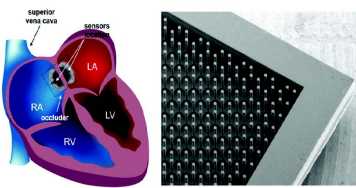
In this project, you will develop new tissue mimicking materials to use in ultrasonic experimental characterization, in order to reproduce a realistic sensing environment in-vitro. You will also have the opportunity to learn acoustic characterization techniques applied to MEMS and implantable sensors, while working betwen ETH Zurich and EMPA Dubendorf.
Background: Mechanical Engineering / Physics
Supervision:
DownloadMore information (PDF, 530 KB)vertical_align_bottom
Passive Implantable Passive Sensor: process variation study

The aim of this interdisciplinary project is to develop a new passive implantable sensor based on acoustics interrogation, with the ultimate goal to estimate the early on-set of the disease and improve patients’ life.
Background: Mechanical Engineering / Physics
Supervision:
DownloadMore information (PDF, 435 KB)vertical_align_bottom
Optimization of SWCNT growth for integration into nanodevices
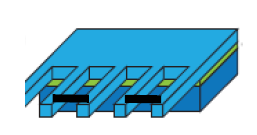
Optimizing conditions for synthesis of single walled carbon nanotubes utilizing CVD systems localized at the Binnig and Rohrer Nanotechnology Center in Rüschlikon/Zürich. Characterization of SWNTs.
Background: Mechanical/Electrical Engineering, Material Sciences, Physics, Chemistry
Supervision:
DownloadMore information (PDF, 217 KB)vertical_align_bottom
Synthesis of SWNTs from ferritin precursors embedded in amorphous carbon film
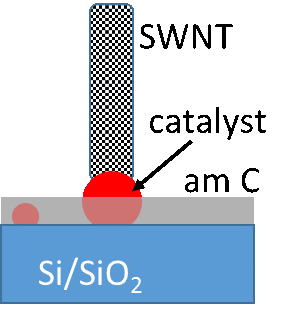
Optimizing conditions for synthesis of single walled carbon nanotubes from ferritin precursors embedded in amorphous carbon film utilizing CVD systems localized at the Binnig and Rohrer Nanotechnology Center in Rüschlikon/Zürich.
Background: Mechanical/Electrical Engineering, Physics, Chemistry, Material Science
Supervision:
DownloadMore information (PDF, 222 KB)vertical_align_bottom
Optical visualization of Single Walled Carbon Nanotubes
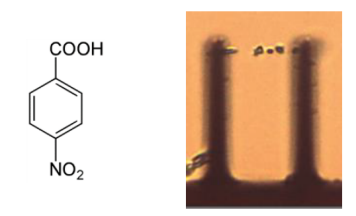
Optimization of deposition and evaporation condition of specific material (for example pNBA = p-nitrobenzoic acid) forming submicroscopic particles on as-grown SWNTs. Localization of CNTs by optical microscopy.
Electrical characterization of CNFET devices fabricated from SWNTs pre-localized by optical microscopy imaging.
Background: Mechanical/Electrical Engineering, Physics, Chemistry, Material Science
Supervision:
DownloadMore information (PDF, 299 KB)vertical_align_bottom
Characterization of individual Single Walled Carbon Nanotubes by Raman spectroscopy
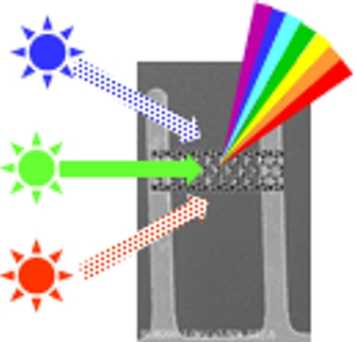
Characterization of SWNTs synthetized by a CVD process on MEMS chips by Raman spectroscopy utilizing multiple laser wavelengths. Determination of presence of DWNTs, bundles and individual SWNTs as well as their characteristics and quality.
Background: Mechanical/Electrical Engineering, Material Sciences, Physics, Chemistry
Supervision:
DownloadMore information (PDF, 323 KB)vertical_align_bottom
Modeling and simulation of advanced carbon nanotube sensors
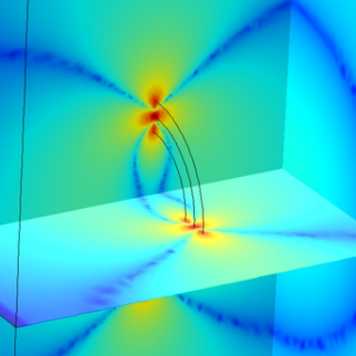
Development of a toolchain based on COMSOL and Matlab to simulate the modulation of charge transport in carbon nanotube sensors due to mechanical or chemical effects.
Background: Physics, Electrical Engineering, Computer Science, Material Science
Supervision:
DownloadMore information (PDF, 191 KB)vertical_align_bottom
Monitoring Single Walled Carbon Nanotubes decoration by Raman spectroscopy and electrical measurements
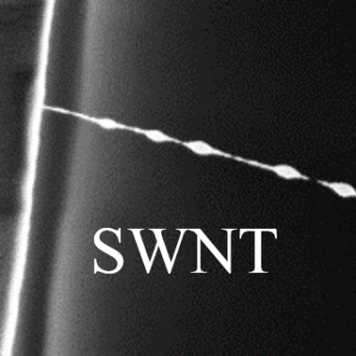
SWNT decoration by preselected nanoparticle types and determination of the impact of the material onto nanotube characteristics and CNFET performance.
Background: Mechanical/Electrical Engineering, Material Sciences, Physics, Chemistry
Supervision:
DownloadMore information (PDF, 148 KB)vertical_align_bottom
This project is not available anymore!
Characterization of thermal actuators for tuning of CNT nanoresonators
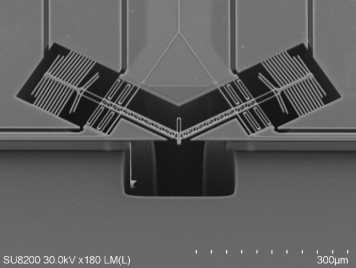
The thermal actuators have been fabricated already using standard microfabrication technology. The current-strain characteristics need to be calibrated using SEM optical methods as well as numerical methods (COMSOL)
Background: Student of D-ITET/D-MAVT
Supervision:
DownloadMore information (PDF, 195 KB)vertical_align_bottom
This project is not available anymore!
Location Determination of Tactile Sensors on
Artificial Robotic Fingers

Type: Setup design, experimental
The overall goal of this project is the development of an artificial robotic skin with sensing capabilities. We build artificial fingertips, which are used in robotic applications. For the integration of the sensing capabilities into the fingertips we need an enhanced silicone spray coating setup.
Background: D-MAVT
Supervision:
DownloadMore information (PDF, 153 KB)vertical_align_bottom
This project is not available anymore!
Characterizing the Influence of Cyclic Loading onto the Electrical Resistance of Flex‐Lines

Keywords: Artificial robotic finger, flex‐lines, electrical resistance, long term testing Motivation
The overall goal of this project is the development of an artificial robotic skin which integrates tactile sensing capabilities into an artificial finger. More than 100 sensing units, electrically connected by flex‐lines, are distributed in an array over the finger. The sensors as well as the flex‐lines are subject to various mechanical loads throughout thelifetime of the finger.
Background: D-MAVT
Supervision:
DownloadMore information (PDF, 153 KB)vertical_align_bottom
